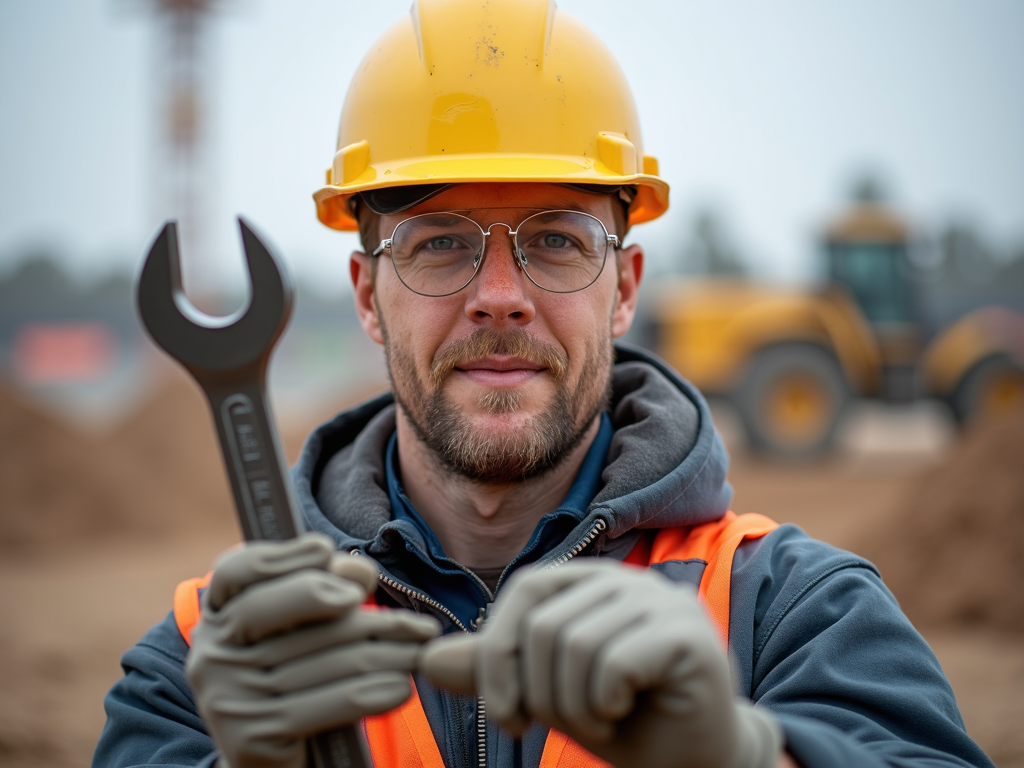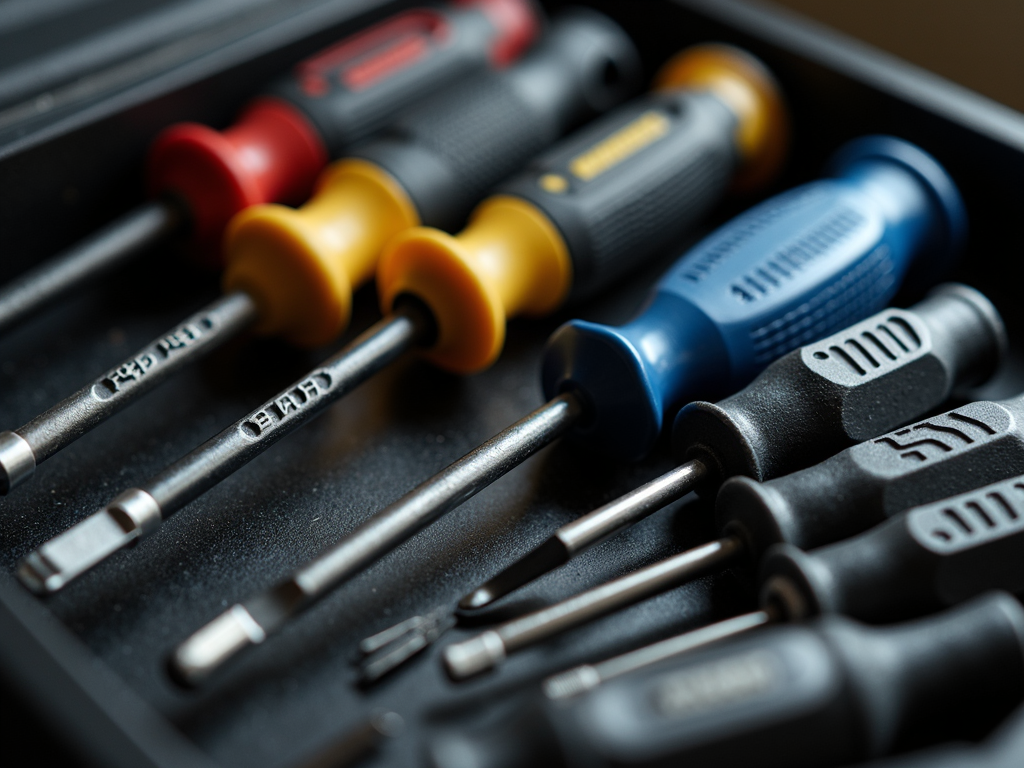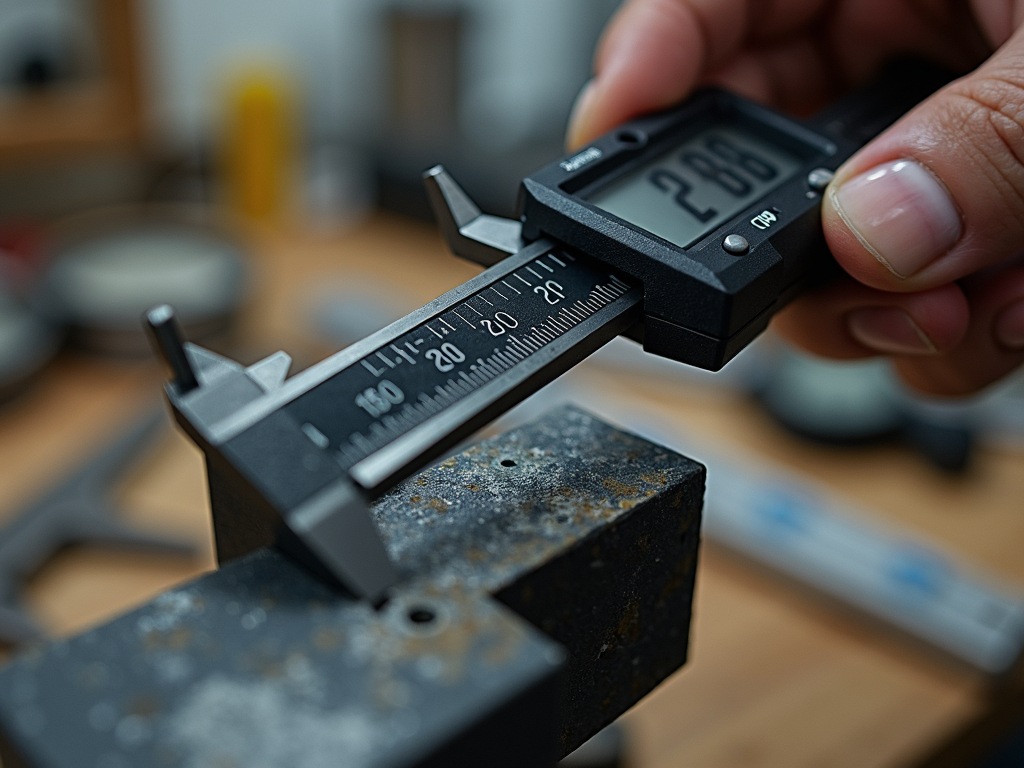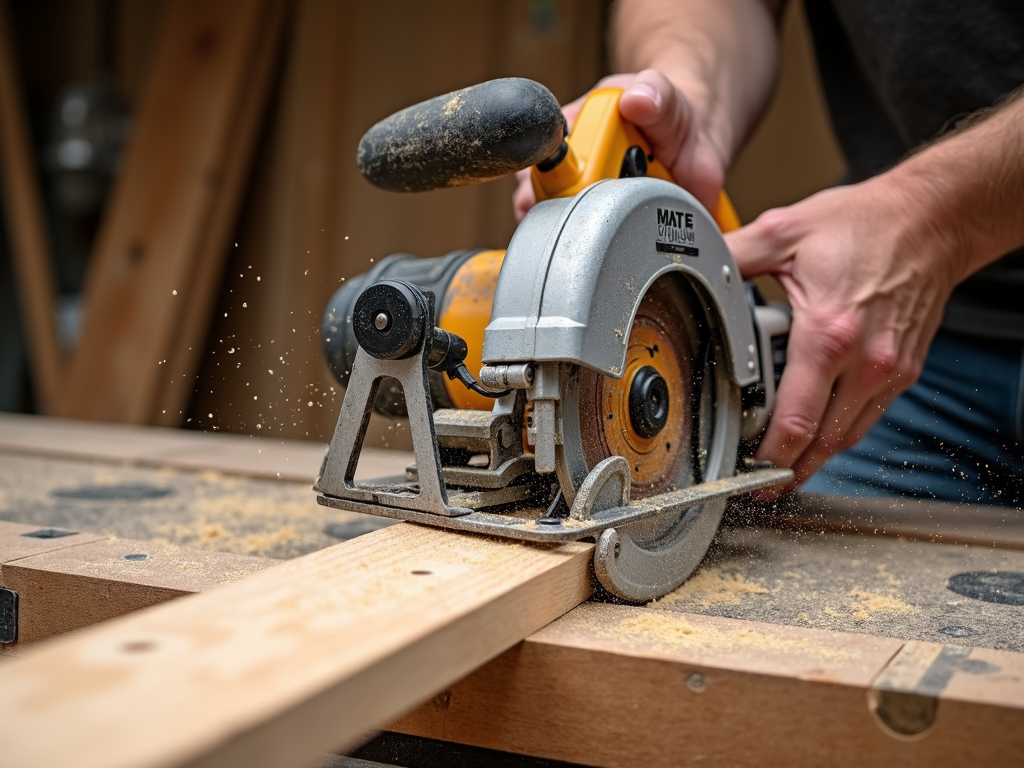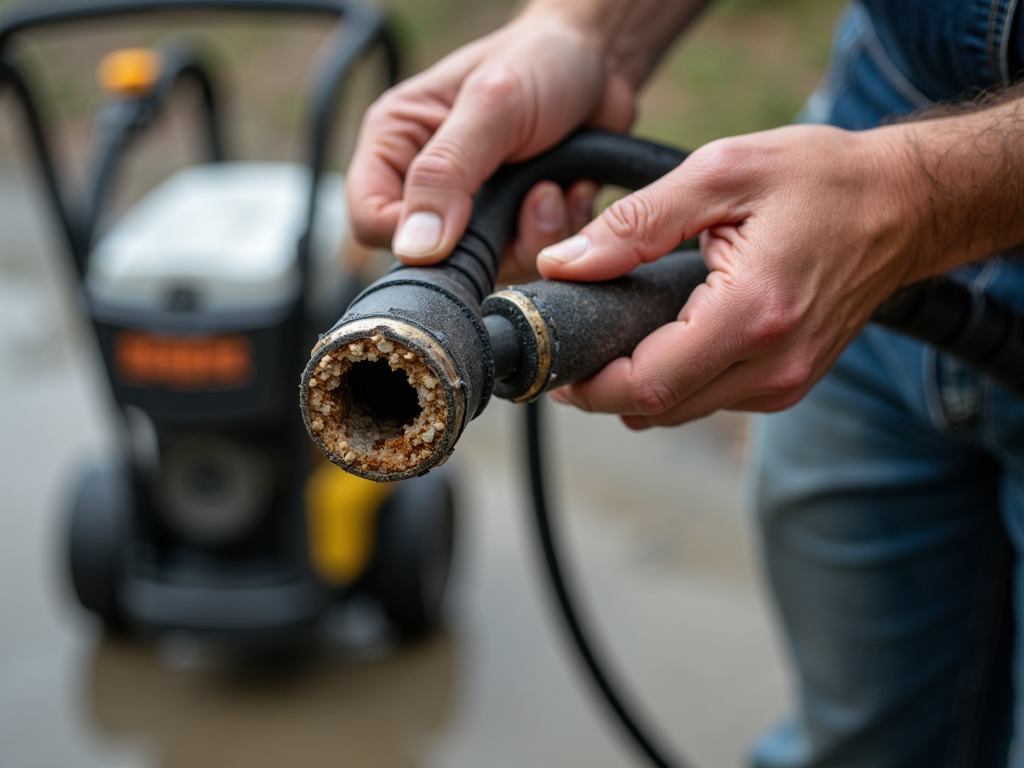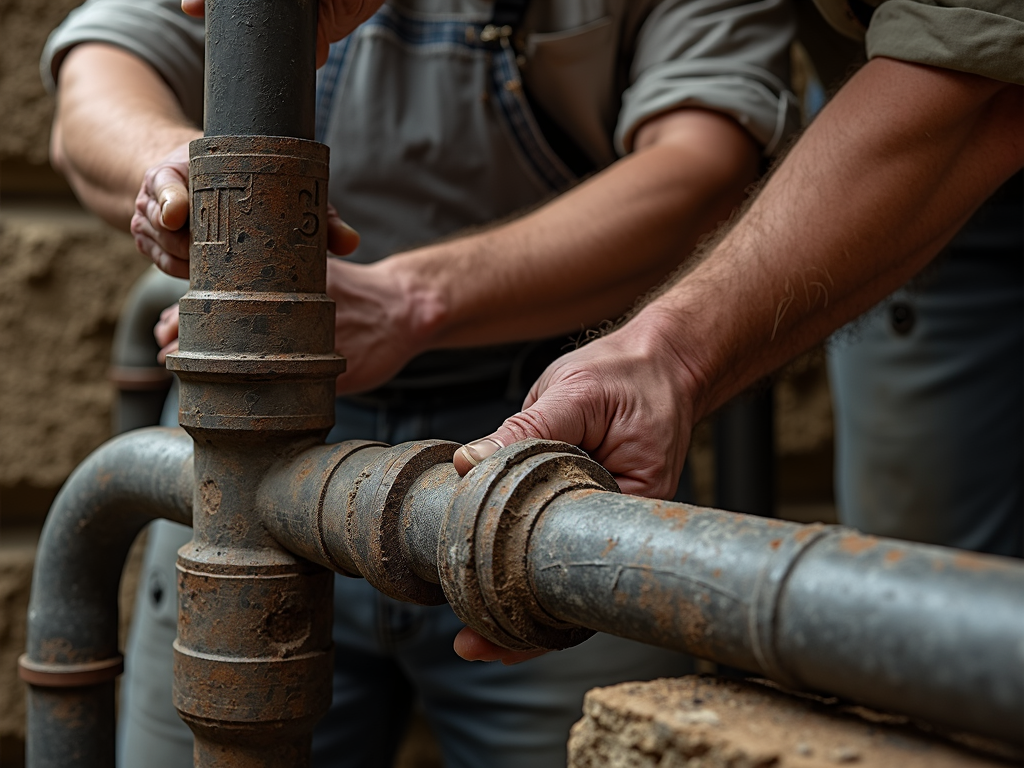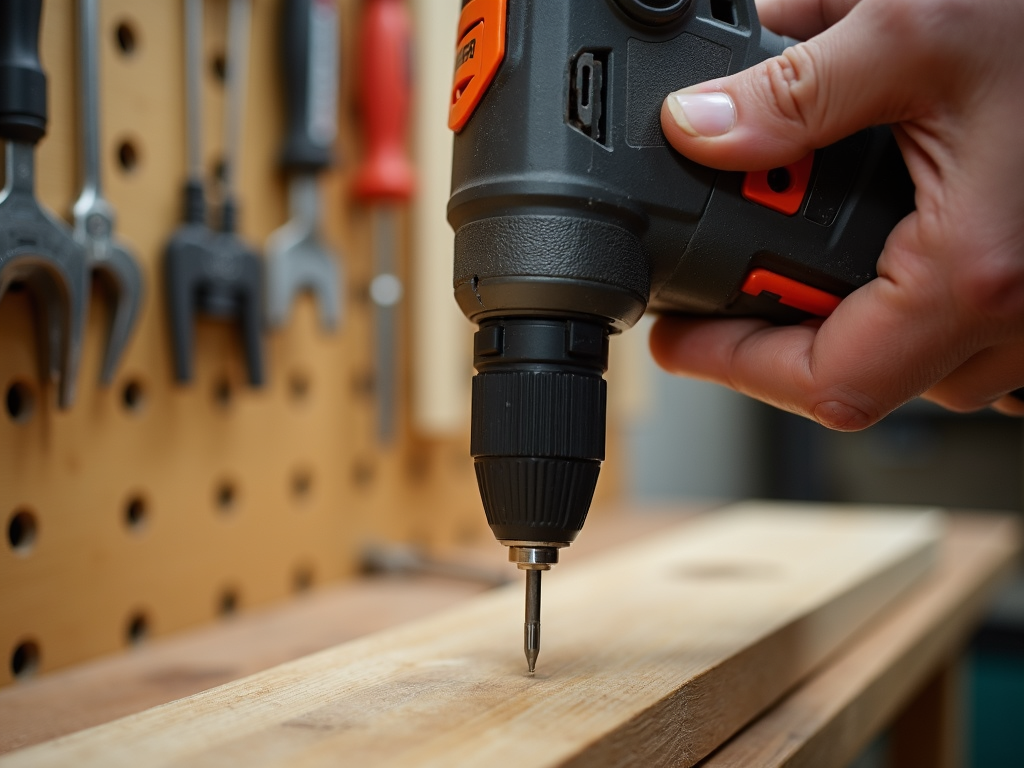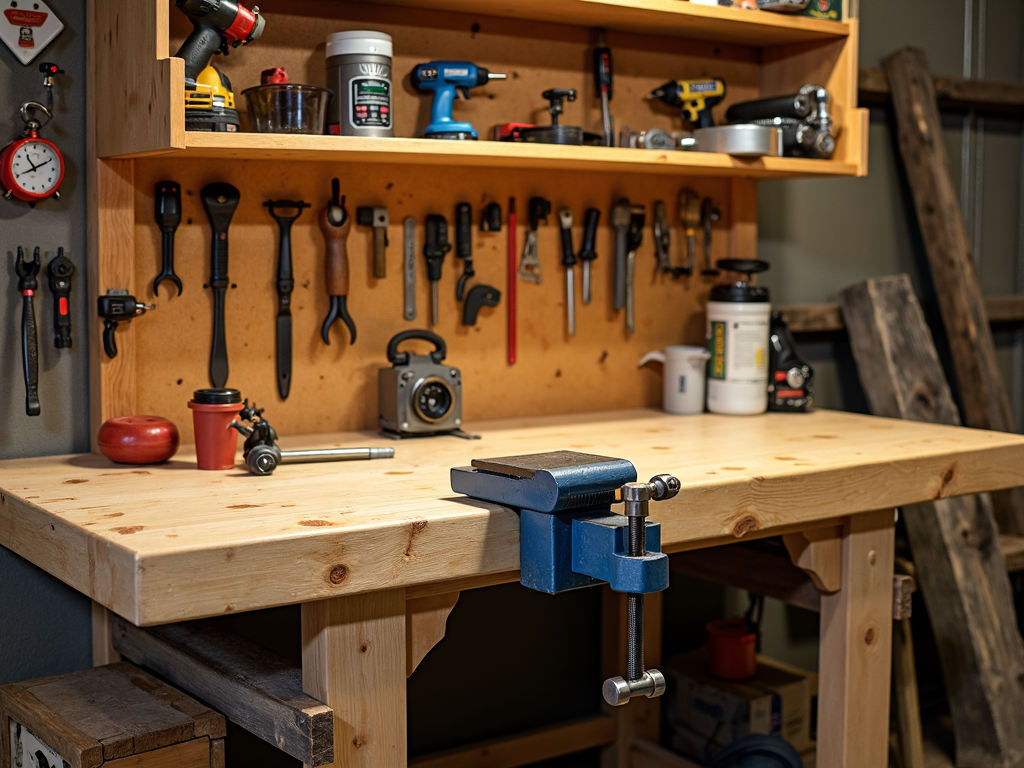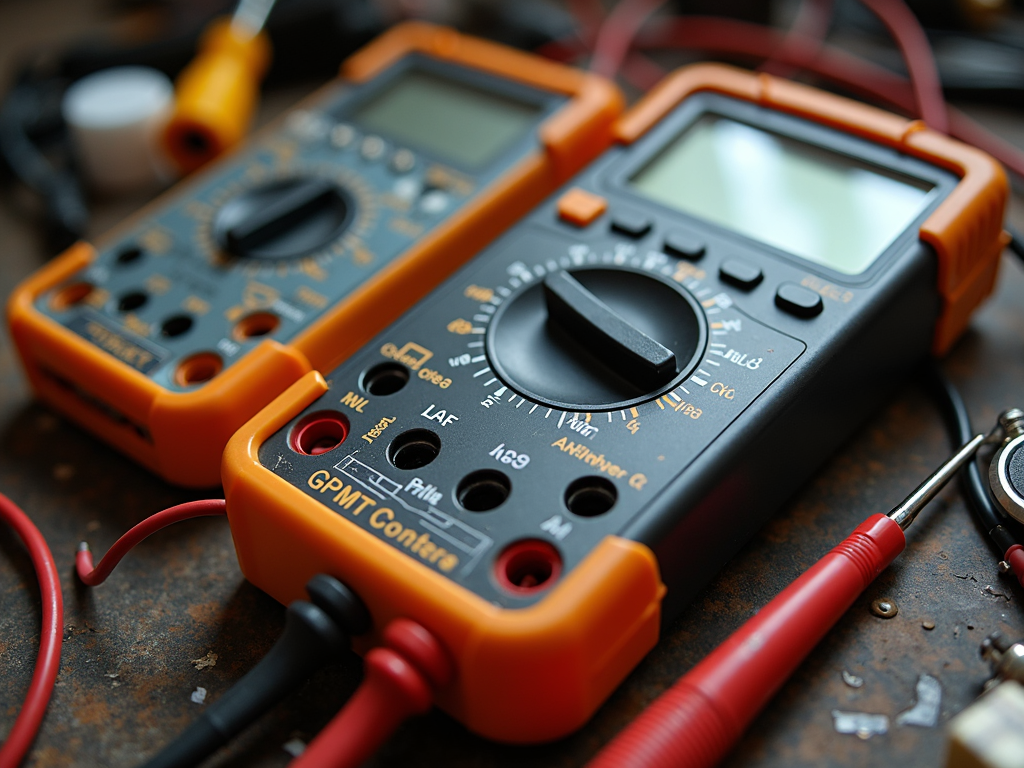Worker safety is paramount in the construction industry, where hazards are ever-present. This article provides a comprehensive guide to staying safe on construction sites, covering everything from training and tool maintenance to essential safety tips. Whether you're a seasoned professional or new to the field, these insights will help you work smarter and safer.

Smart Ways to Train for Construction Safety
Training is the cornerstone of construction safety. Here are some smart ways to ensure you're prepared:
- Interactive Workshops: Engage in hands-on training sessions that simulate real-world scenarios. These workshops help you practice safety protocols in a controlled environment.
- Online Courses: Take advantage of online platforms offering courses on construction safety. These courses often include videos, quizzes, and certifications.
- Mentorship Programs: Learn from experienced workers through mentorship programs. Their insights and experiences can be invaluable in understanding the nuances of safety on the job.
For more information on training programs, check out the Occupational Safety and Health Administration (OSHA) website.
Essential Safety Tips for Construction Workers
Staying safe on a construction site requires vigilance and adherence to best practices. Here are some essential tips:
- Wear Proper Gear: Always wear appropriate safety gear, including hard hats, safety glasses, gloves, and high-visibility clothing.
- Stay Alert: Be aware of your surroundings and potential hazards. Avoid distractions and stay focused on the task at hand.
- Follow Protocols: Adhere to safety protocols and guidelines set by your employer and regulatory bodies.
- Communicate Effectively: Use clear communication with your team to ensure everyone is aware of potential dangers and safety measures.
According to a study by the National Institute for Occupational Safety and Health (NIOSH), proper safety gear can reduce the risk of injury by up to 60%.
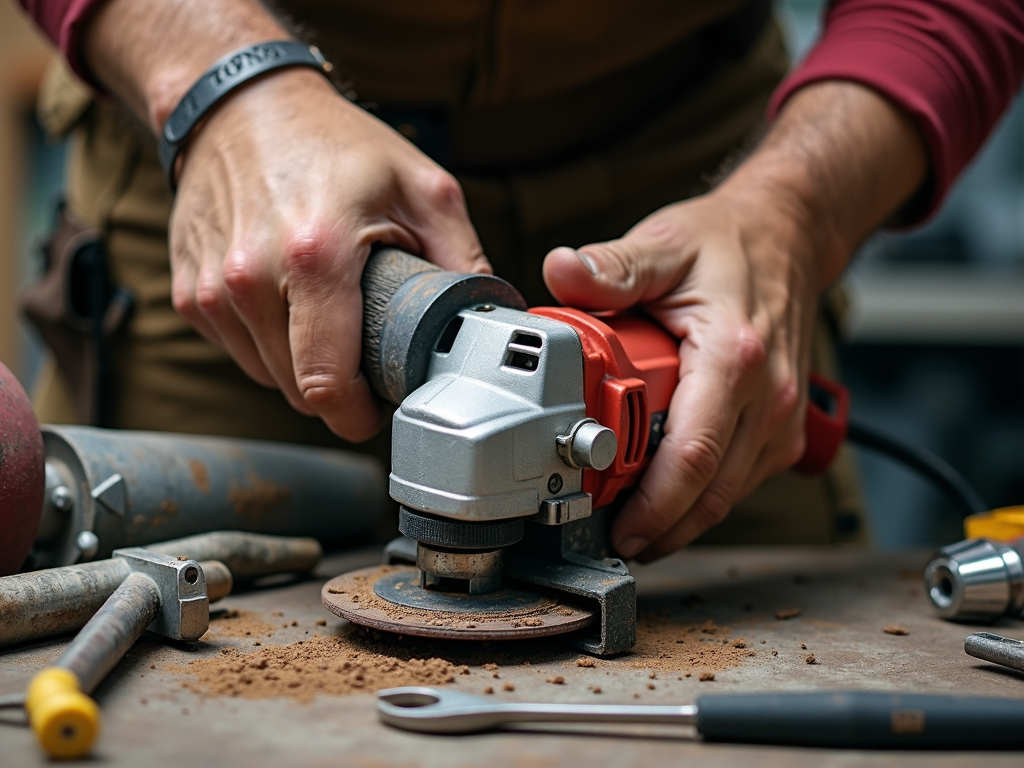
Maintenance Tips for Workman Tools
Proper maintenance of tools is crucial for safety and efficiency. Here are some tips:
- Regular Inspections: Check tools for wear and tear before each use. Look for cracks, loose parts, or any signs of damage.
- Clean Tools: Keep tools clean and free of debris. This helps prevent malfunctions and extends their lifespan.
- Proper Storage: Store tools in a dry, secure place to prevent damage and unauthorized use.
- Follow Manufacturer Guidelines: Always follow the manufacturer's instructions for maintenance and use.
For detailed maintenance guides, visit the American National Standards Institute (ANSI) website.
Construction Tools and Their Safe Use
Understanding how to use construction tools safely is essential. Here are some common tools and tips for their safe use:
- Power Drills: Always use the correct drill bit for the material and ensure the drill is properly secured.
- Saws: Keep blades sharp and use guards to prevent accidental cuts.
- Ladders: Inspect ladders for stability and never stand on the top rung.
- Heavy Machinery: Only operate machinery if you are trained and certified to do so.
The Construction Industry Institute (CII) offers resources on the safe use of construction tools.
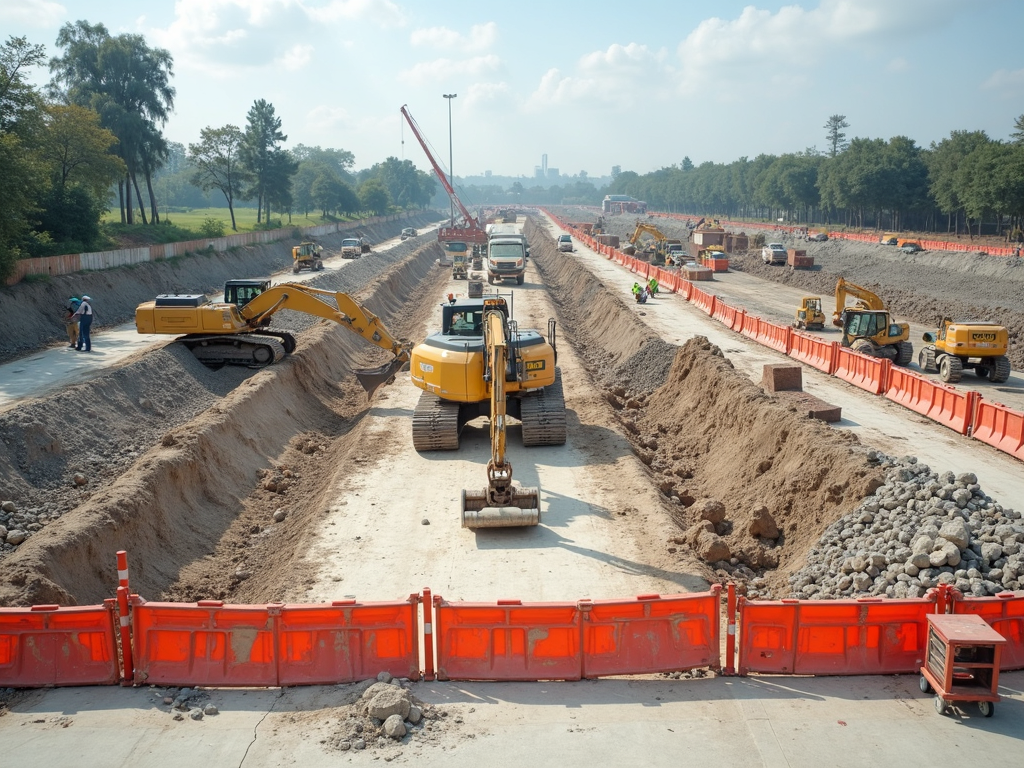
In conclusion, worker safety in construction is a multifaceted issue that requires a combination of training, proper tool use, and adherence to safety protocols. By following the tips and strategies outlined in this article, you can significantly reduce the risk of accidents and injuries on the job. Remember, safety is not just a set of rules but a mindset that should be ingrained in every aspect of your work.
Related https://example.com/worker-safety-tips:
- Workman Tools: A Guide to Choosing the Right Equipment
- Essential Screwdriver Maintenance Tips to Keep Your Tools in Shape
- Calibrating Your Measuring Tools: The Ultimate Guide to Workshop Equipment Maintenance
- DIY Garage Organization Ideas for Small Spaces
- Essential Woodworking Tools for DIY Enthusiasts
- Essential Power Washer Maintenance Tips for Longevity
- The Evolution of Plumbing Tools and Techniques
- Safety Tips for Using Wrenches Effectively
- Corded vs. Cordless Drills: Which Is Right for You?
- Top Features to Look for in a Workbench: A Comprehensive Guide
- How to Pick the Right Multimeter for You
- Painting Like a Pro: Essential Tools and How to Care for Them
